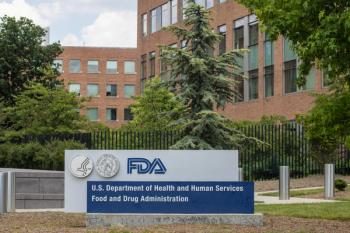
Sebetralstat becomes the first FDA-approved oral treatment for hereditary angioedema (HAE), offering rapid relief for patients experiencing acute attacks.

Sebetralstat becomes the first FDA-approved oral treatment for hereditary angioedema (HAE), offering rapid relief for patients experiencing acute attacks.
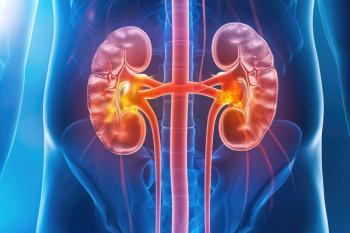
Patients with chronic kidney disease (CKD) receiving efepoetin alfa demonstrated a response rate of about 75.6%.

Serena Mitaly, PharmD, outlines how Ochsner Health is building a sustainable pharmacogenomics program by integrating clinical decision support tools into the EMR, educating providers, addressing reimbursement barriers, and expanding the role of PGx pharmacists in personalized medicine.

The data emphasize the idea that there are no safe exposure limits as well as the need for guidelines.

Sunvozertinib becomes the first and only targeted approval treatment for patients with non-small cell lung cancer (NSCLC) harboring epidermal growth factor receptor (EGFR) exon 20 insertion mutations.

Andrew E. Esch, MD, MBA, discusses the need for systemic reforms to support pharmacist-led medication optimization in palliative and community-based care.

New findings question the integrity of ticagrelor's clinical trials, raising safety concerns and impacting its use in cardiovascular care.
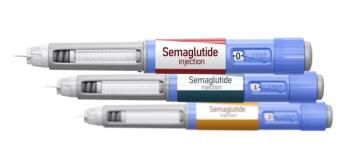
GLP-1 medications like semaglutide face scrutiny over compounded versions, raising concerns about patient safety and counterfeit products in diabetes treatment.

Prescription digital therapeutics (PDTs) offer scalable, accessible alternatives to traditional treatments—supporting patients, providers, and payers while addressing gaps in mental health care.
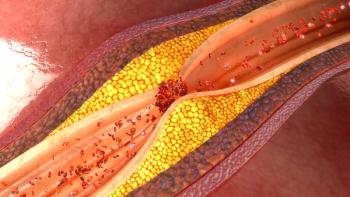
Stroke, myocardial infarction, and all-cause death were included in the composite of adverse cardiovascular events.

Six months following discharge from the hospital, adults who battled community-acquired pneumonia were at heightened risk of losing the ability to perform activities and experiencing poor quality of life.

Real-world data show that patients switching from Humira to biosimilars Hadlima and Hyrimoz achieve similar outcomes without hospitalization.

Recent research reveals that RSV and shingles vaccines significantly lower dementia risk, highlighting the potential benefits of AS01 adjuvants in vaccination.


LeAnne Kennedy, PharmD, BCOP, CPP, FHOPA, discusses the new outpatient transplant program at Atrium Health Wake Forest Baptist in North Carolina.

Expert explores the expanding role of FDA-approved Prescription Digital Therapeutics (PDTs).

An expert discusses the challenges of diagnosing and treating RSV in older adults and highlights the critical role of prevention.
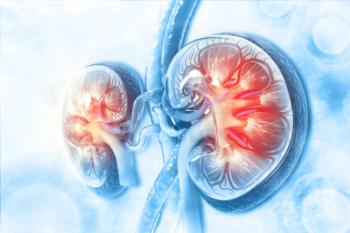
The letter cited deficiencies previously identified at a third-party manufacturing vendor unrelated to oxylanthanum carbonate (OLC).

Research reveals a link between estrogen plus progestin hormone therapy and increased breast cancer risk in young women, urging personalized treatment approaches.

Vitamin C enhances skin health by promoting epidermal cell growth and regeneration, offering a potential solution for aging and thinning skin.


Discover how Vyepti revolutionizes migraine prevention with rapid efficacy and strong safety, empowering pharmacists to enhance patient care.

Lung transplant recipients were found to be at heightened risk of developing secondary lung infections, including bacterial and fungal infections, due to unique risk factors.

Pharmacy leaders from Cone Health discuss how robotic compounding technologies have improved safety, accuracy, and reliability in hazardous and sterile medication preparation across oncology and acute care settings.
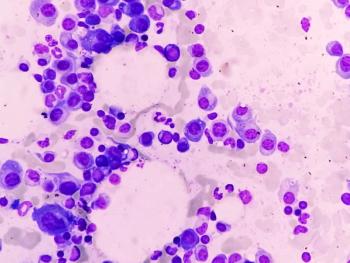
The treatment becomes the first approved BCMAxCD3 bispecific antibody with the potential to achieve biweekly or monthly dosing in patients with relapsed/refractory multiple myeloma.

LeAnne Kennedy, PharmD, BCOP, CPP, FHOPA, discusses the new outpatient transplant program at Atrium Health Wake Forest Baptist in North Carolina.

Manish Agrawal, MD, discusses the implementation of psilocybin-assisted therapy in a community cancer setting, highlighting its potential to provide sustained relief from depression and anxiety and its significant efficacy advantage over selective serotonin reuptake inhibitors for patients with cancer.

The injection is indicated for the treatment of sepsis and other serious infections, enhancing treatment efficiency and patient care.

CARTITUDE-1 trial reveals cilta-cel's potential in achieving long-term remission for relapsed/refractory multiple myeloma, sparking discussions on curative possibilities.

A low-fat vegan diet reduces dietary acid load and promotes weight loss more effectively than a Mediterranean diet.